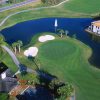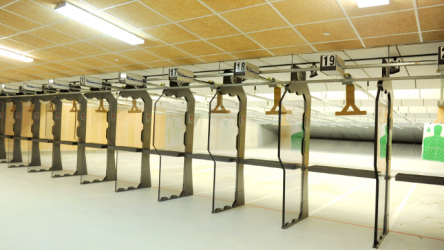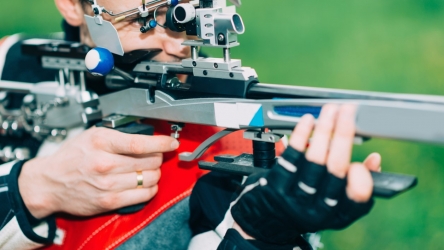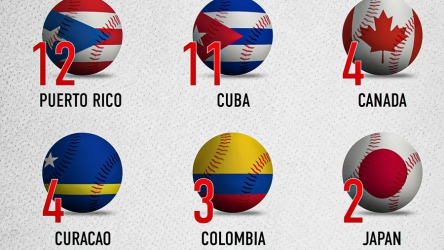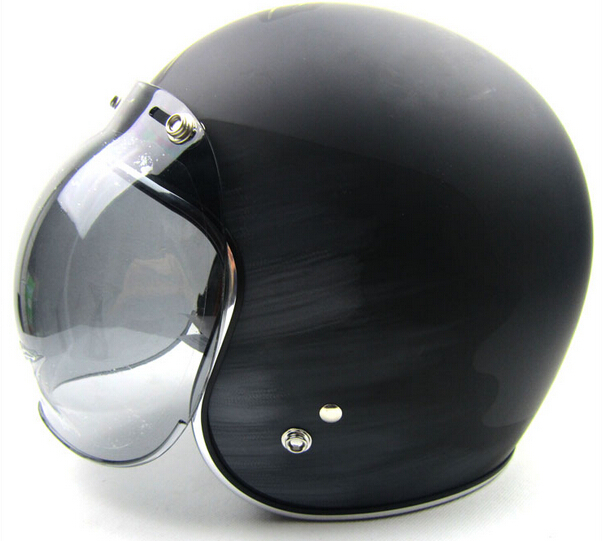
Quality and performance are critical aspects that any face shield visor should meet at all costs. This is the reason why companies have set up different research facilities and testing laboratories to ensure that all safety equipment meet the desired criteria. Furthermore, as much as the manufacturing company may be striving to maintain high quality productions, as the end user, you need to verify some of these aspects, let’s have a quick look at some of the key aspects you need to evaluate.
Cleanability
All the available face shield visors have been designed for different application requirements. But when it’s all said and done, the ability to easily clean a face shield visor is one of the important quality tests that you should observe. While working on chemical fluids, there is a possibility of the fluids splashing on the visor. This will block you from having a clear vision of what you are working on. Therefore, it is advisable to go for face shield visors that have this characteristic.
Impact Resistance
A face shield visor made of polycarbonate provides best impact resistance to the wearer. Such visors can be used in a variety of environments with high impact projectiles such as construction and mining industries. Such visors have the ability to withstand very high temperatures, therefore, providing complete safety to the wearer.
Radiation Protection
Face shield visors should be engineered with materials that have the ability to block radiation. Such materials should include acetate or polycarbonate. These visors should also have the auto- darkening feature if it is for a welding face shield. Radiations can be produced from the welding or plasma arcs. The radiations have the ability to impair one’s vision, and this is a reason enough why a face shield visor should have this property.
Scratch Resistance
Scratch resistance is also another very important quality test that a face shield visor should have. Anti-scratch layers keep face shield visors from getting scratches. Working while wearing a face shield with a scratched visor can be very inconveniencing especially when dealing with machines that require accurate precisions. Visors made from polycarbonates are highly recommended because polycarbonates are tough and resistant to scratches.
Anti-fog
For a face shield visor to pass the quality test, it should have the anti-fog characteristic. A visor can be able to prevent fog from forming on its surface without necessarily wiping it with the anti-fog coatings. Anti-fog face shield visors are appropriate in environments that easily form fog. Formation of fog on the visor prevents the wearer from getting a clear vision, and this can cause accidents. While choosing among face shield visors, it is important that you consider this feature.
Heat Resistance
Last but not the least of the important quality tests for a face shield visor is heat resistance. While working under extreme temperatures, a face shield visor should be able to protect your face from burning up. A quality visor should not melt or get disfigured under such conditions.

